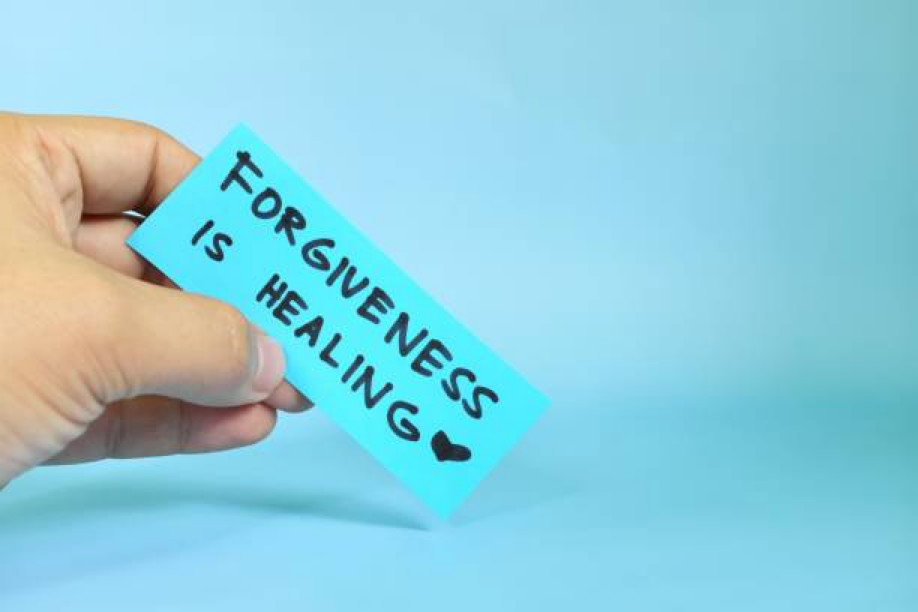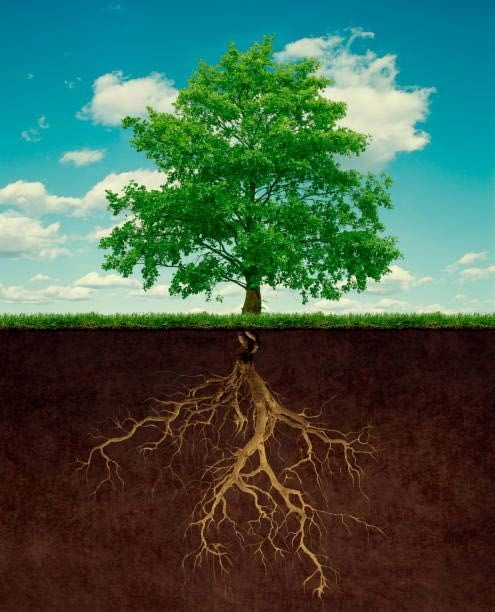Peter Attridge, PhD, LMFT
Marriage, within the Catholic tradition, is more than a civil contract; it is a sacred covenant—a sacrament that mirrors Christ's love for the Church. This divine institution calls couples to a life of mutual self-giving, fidelity, and openness to life. However, the journey of married life is not without its challenges. Even the most devout couples may encounter periods of difficulty, whether due to communication breakdowns, emotional distance, or external stresses. In such times, marriage therapy can serve as a beacon of hope, offering tools to rebuild and strengthen the marital bond.
This article delves into the intersection of therapeutic practices and Catholic teachings, exploring how professional counseling can align with and enhance the sacramental understanding of marriage.
The Catholic Understanding of Marriage
At the heart of Catholic doctrine is the belief that marriage is a sacrament instituted by Christ. As outlined in the Catechism of the Catholic Church, "The marriage covenant, by which a man and a woman form with each other an intimate communion of life and love, has been founded and endowed with its own special laws by the Creator" . This covenant is characterized by three essential goods: unity, indissolubility, and openness to fertility.(Vatican,USCCB)
Unity
Marriage unites a man and a woman into "one flesh," transcending individual desires to form a singular, harmonious partnership. This unity is not merely physical but encompasses emotional, spiritual, and intellectual dimensions. It calls for a deep, abiding connection that reflects the unity between Christ and His Church.
Indissolubility
The Catholic Church teaches that marriage is a lifelong commitment. Jesus' words, "What therefore God has joined together, let not man put asunder" (Mark 10:9), underscore the permanence of the marital bond. This indissolubility is not contingent upon circumstances but is a testament to the enduring nature of divine love.(St. Charles Borromeo).
Openness to Fertility
Marriage, in its fullest sense, is ordered toward the procreation and education of children. The Catechism states, "Children are the supreme gift of marriage and contribute greatly to the good of the parents themselves" . Even couples who are unable to have children can live out this openness through acts of love, hospitality, and service.(Vatican).
The Role of Therapy in Strengthening Marriages
While the sacramental understanding of marriage provides a spiritual framework, therapy offers practical tools to navigate the complexities of married life. Professional counseling can help couples address issues such as communication breakdowns, emotional disconnection, and external stresses. Therapists employ various modalities to assist couples in strengthening their relationship a few of which are included below:
Emotionally Focused Therapy (EFT)
Developed by Dr. Sue Johnson, EFT is grounded in attachment theory and focuses on the emotional bond between partners. It aims to identify negative interaction patterns and replace them with positive cycles of interaction. EFT has been shown to be effective in treating relationship distress and fostering secure emotional bonds .(Verywell Mind)
The Gottman Method
Based on extensive research by Drs. John and Julie Schwartz Gottman, this method emphasizes the importance of building a sound relationship foundation, managing conflict constructively, and creating shared meaning. It provides couples with practical tools to enhance communication and deepen intimacy .(Verywell Mind).
Imago Relationship Therapy
Developed by Dr. Harville Hendrix and Dr. Helen LaKelly Hunt, Imago Therapy focuses on transforming conflict into healing opportunities. It encourages partners to understand each other's childhood wounds and how they influence current relationship dynamics. The therapy employs structured dialogues to promote empathy and understanding .(Verywell Mind)
Integrating Therapy with Catholic Teachings
Therapy and Catholic teachings are not mutually exclusive; rather, they can complement each other in fostering a thriving marriage. Catholic couples can integrate therapeutic practices with their faith by:
- Engaging in Shared Prayer: Regular prayer together invites God's presence into the relationship, fostering spiritual intimacy.
- Participating in the Sacraments: Regular reception of the Eucharist and the Sacrament of Reconciliation strengthens the couple's bond and commitment.
- Living Out Catholic Values: Practicing virtues such as patience, kindness, and forgiveness aligns with both therapeutic principles and Catholic teachings.
- Seeking Pastoral Support: Engaging with a parish priest or spiritual director can provide guidance and support in living out the sacrament of marriage.
By integrating therapy with Catholic teachings, couples can cultivate a deeper, more resilient, and more loving union that reflects God's own love.
Marriage, as envisioned in the Catholic faith, is a sacred covenant that calls couples to live out a love that is self-giving, faithful, and open to life. While challenges are inevitable, therapy offers couples the tools to navigate these difficulties and strengthen their bond. By integrating therapeutic practices with Catholic teachings, couples can build a marriage that not only endures but thrives, becoming a testament to the love of Christ for His Church.
Every relationship faces seasons of struggle, and seeking support is a sign of strength—not failure. Whether you're looking to improve communication, rebuild trust, or simply grow closer, we’re here to help. At Holy Family Counseling Center we offer couples therapy rooted in empathy, honesty, and proven tools to strengthen your connection. Reach out today and let’s work together to nurture your marriage.






